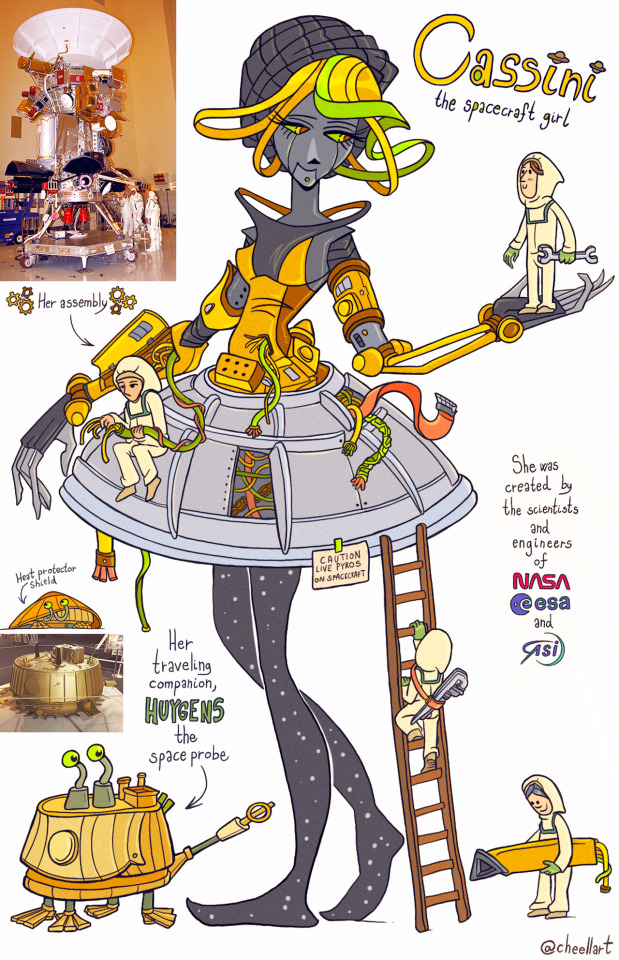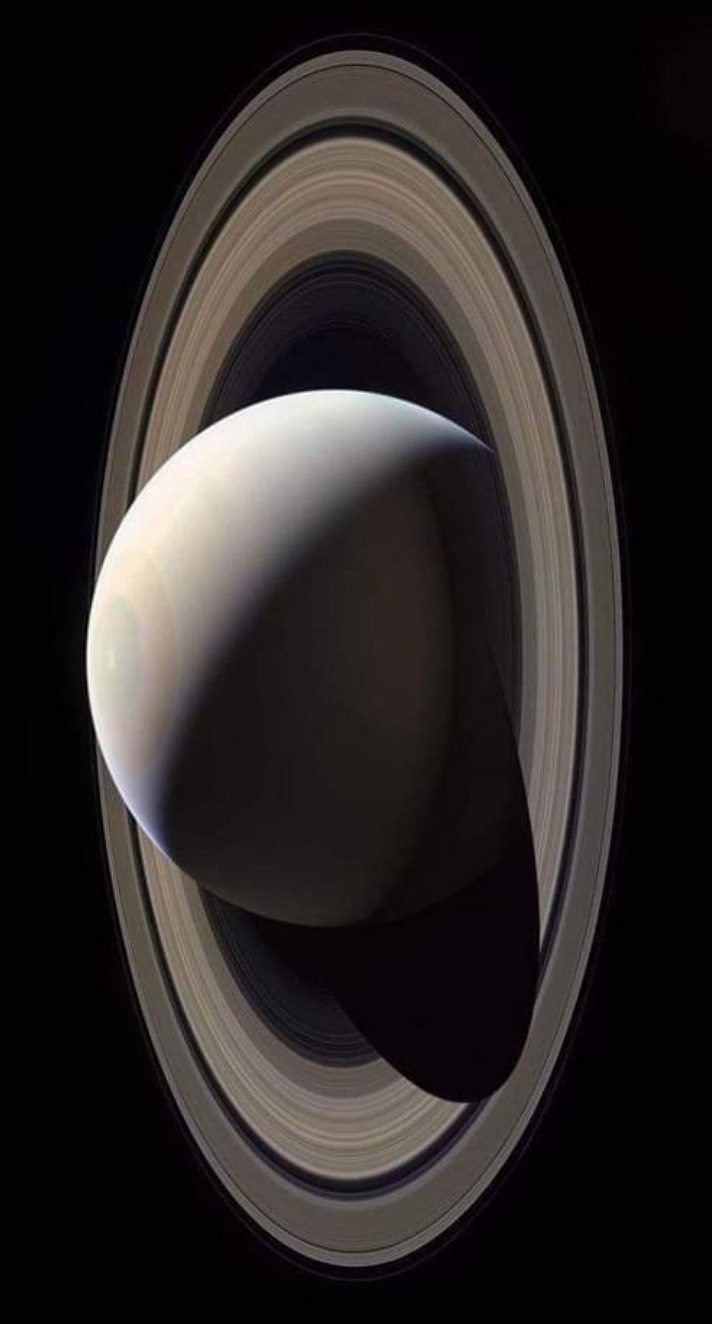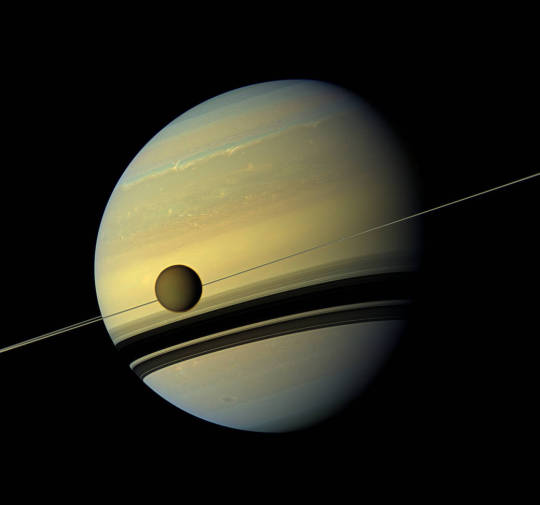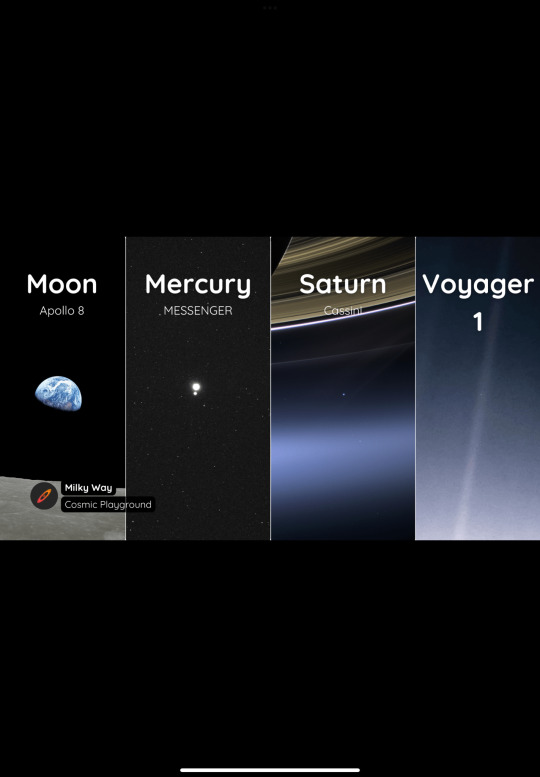#NASA's Cassini spacecraft
Text
NASA’s Cassini spacecraft is about 238,000 above Saturn, look at those raw images! Still amazing looking at it today!








#saturn planet#planet saturn#saturns rings#saturn#astronomy#nasa#astronomers#universe#nasa photos#astrophotography#astrophysics#outer space#nasawebb#hubble space telescope#space travel#international space station#nasa cassi#cassini huygens#telescope#i love astronomy#astronomy facts#nasa science#nasa jpl#nasa picture of the day#planetary science#solar system#our universe#spacecraft#space science#space exploration
260 notes
·
View notes
Text

Saturn and its moon Tethys l Cassini 2012 (X)
#saturn#cassini#nasa#astrophotography#astronomy#space#spacecraft#galaxy#planets#solar system#universe#stars#night#sky
2K notes
·
View notes
Text



Cassini 🪐
Cassini was a sophisticated robotic spacecraft sent to study and capture the beauty of Saturn. She embarked on a great adventure and made many fascinating discoveries along her way. Until finally, with one last maneuver, she plunged into the gas giant and perished in a final, fatal embrace. She became one with her muse for an eternity.
You can read more about the original Cassini’s journey here and here :)
#my art#my oc#Cassini#humanization#personification#original character#character design#character concept#cassini huygens#gijinka#space#spacecraft#astronomy#space exploration#Nasa#robots#robot#robot girl#mech#mecha#machine#ocs#oc art#oc artwork#illustration#concept art#digital art#art#artists on tumblr#cheellart
79 notes
·
View notes
Text


1K notes
·
View notes
Photo

A breathtaking view of Saturn captured by NASA’s Cassini spacecraft!
Credit: NASA ::
* * * *
“He lost himself in the words and images conjured in his mind and for a while forgot ... He found himself flying among stars and planets ...”
― Carlos Ruiz Zafón, The Prince of Mist
470 notes
·
View notes
Text

Beautiful Saturn <3
#space#Cassini spacecraft#NASA#solar system#Saturn#Saturn Planet#Saturn rings#space exploration#esplorazione spaziale#astronomia#astronomy
14 notes
·
View notes
Text


final for my 2D Design class. Very proud of this one🔭🛰️🪐
#astronomy#nasa#space#cassini#galileo#opportunity rover#voyager spacecraft#digital illustration#art student#2d design
12 notes
·
View notes
Text

The famous Cassini and Enke gaps also fit into the author's explanation. The micro-photography employed by the author answers many of the questions about Saturn asked since Galileo. The author further shows a relation to the well-defined crater on the earth's moon called "Mare Orientale," and to the 1908 Tunguska explosion in the U.S.S.R.
#Saturn#rings#Voyager 1#A-ring#incomplete#Cassini gap#Enke gap#Mare Orientale#Tunguska explosion#Norman Bergrun#NASA#Lockheed Martin#AIAA#science fiction#astronomy#space exploration#spacecraft#planets#moons#solar system#universe
0 notes
Photo

2024 August 25
Fresh Tiger Stripes on Saturn's Enceladus
Image Credit: NASA, ESA, JPL, SSI, Cassini Imaging Team
Explanation: Do underground oceans vent through canyons on Saturn's moon Enceladus? Long features dubbed tiger stripes are known to be spewing ice from the moon's icy interior into space, creating a cloud of fine ice particles over the moon's South Pole and creating Saturn's mysterious E-ring. Evidence for this has come from the robot Cassini spacecraft that orbited Saturn from 2004 to 2017. Pictured here, a high resolution image of Enceladus is shown from a close flyby. The unusual surface features dubbed tiger stripes are visible in false-color blue. Why Enceladus is active remains a mystery, as the neighboring moon Mimas, approximately the same size, appears quite dead. An analysis of ejected ice grains has yielded evidence that complex organic molecules exist inside Enceladus. These large carbon-rich molecules bolster -- but do not prove -- that oceans under Enceladus' surface could contain life.
∞ Source: apod.nasa.gov/apod/ap240825.html
196 notes
·
View notes
Text

Titan, Saturn’s largest moon, looks quite small in comparison to the giant planet behind it in this natural color view from the Cassini-Huygens spacecraft. This image from Aug. 29, 2012, also shows seasonal changes occurring on Saturn; as spring comes to the northern Saturnian hemisphere, the azure blue seen fades, while winter in the south adds a bluish hue. This phenomenon is likely due to shifts in the intensity of ultraviolet light and the haze it produces.
Image Credit: NASA/JPL-Caltech/Space Science Institute
1K notes
·
View notes
Text

Earth, which is about 898 million miles (1.44 billion kilometers) away in this image, captured by NASA's Cassini spacecraft 🚀
#space and time#space exploration#outer space#spacex#astronomy#humans are space orcs#astrophotography#solar system#astrophysics#hubble#final space#space science#james webb images#nasa#space#physics
668 notes
·
View notes
Text
The Earth As Seen From

#moon#planet mercury#planet saturn#voyager 1#cassini huygens#messenger spacecraft#apollo 8#astronomy#nasa#astronomers#universe#astrophotography#nasa photos#astrophysics#outer space#nasawebb#hubble space telescope#i love astronomy#astronomy facts#astrography#astrobiology#astronauts#astronaut#astro community#astro notes#astro observations#astroblr#astro boy#planetary science#planetary nebula
282 notes
·
View notes
Photo

Fresh Tiger Stripes on Saturn's Enceladus, 2024-08-25
Do underground oceans vent through canyons on Saturn's moon Enceladus? Long features dubbed tiger stripes are known to be spewing ice from the moon's icy interior into space, creating a cloud of fine ice particles over the moon's South Pole and creating Saturn's mysterious E-ring. Evidence for this has come from the robot Cassini spacecraft that orbited Saturn from 2004 to 2017. Pictured here, a high resolution image of Enceladus is shown from a close flyby. The unusual surface features dubbed tiger stripes are visible in false-color blue. Why Enceladus is active remains a mystery, as the neighboring moon Mimas, approximately the same size, appears quite dead. An analysis of ejected ice grains has yielded evidence that complex organic molecules exist inside Enceladus. These large carbon-rich molecules bolster -- but do not prove -- that oceans under Enceladus' surface could contain life.
Credits: NASA's 'Astronomy Picture Of The Day.'
95 notes
·
View notes
Text

Saturn's active, ocean-bearing moon Enceladus sinks behind the giant planet in a farewell portrait from NASA's Cassini spacecraft (September 13, 2017)
#astronomy#krakenmare#astrophotography#solar system#outer space#nasa#space#thank you nasa#saturn#Enceladus#cassini huygens#cassini#satellite#saturn moon#2017
252 notes
·
View notes
Photo

Titan Seas Reflect Sunlight : Why would the surface of Titan light up with a blinding flash? The reason: a sunglint from liquid seas. Saturn's moon Titan has numerous smooth lakes of methane that, when the angle is right, reflect sunlight as if they were mirrors. Pictured here in false-color, the robotic Cassini spacecraft that orbited Saturn from 2004 to 2017 imaged the cloud-covered Titan in 2014 in different bands of cloud-piercing infrared light. This specular reflection was so bright it saturated one of Cassini's infrared cameras. Although the sunglint was annoying -- it was also useful. The reflecting regions confirm that northern Titan houses a wide and complex array of seas with a geometry that indicates periods of significant evaporation. During its numerous passes of our Solar System's most mysterious moon, Cassini has revealed Titan to be a world with active weather -- including times when it rains a liquefied version of natural gas. via NASA
726 notes
·
View notes
Photo


1st image: A view of Jupiter's south temperate belt and Great Red Spot, as captured by NASA’s Juno spacecraft on December 30, 2020.
2nd image: Jupiter as seen by the Hubble Space Telescope on June 27, 2019 (left). An illustration by the French artist and astronomer Étienne Léopold Trouvelot of Jupiter as observed on November 1, 1880 (right).
How Did Jupiter Get Its Great Red Spot? | Scientific American
... This giant storm—the largest known in the solar system—is made up of two regions. One is an oval made up of reddish gases, and the other is a surrounding whiter, thinner band of gas (called the Hollow). The GRS lives in Jupiter’s South Equatorial Belt, one of the many bands across the planet’s face that give it a striped appearance. These bands are latitudinal wind patterns akin to the jet stream on Earth, but they are more complicated because of Jupiter’s lack of surface, the enormous convective currents of gases rising and falling through the atmosphere and immense air-bending forces from the giant planet’s rapid nine-hour-and-55-minute rotation.
Unlike Earth’s hurricanes that can wander across sizable swaths of our planet, storms on Jupiter tend to stay in their latitudinal lane, confined by powerful jet streams. That confinement also sustains the GRS, making the storm extremely long-lived, but its actual age has been an ongoing astronomical enigma.
In 1665 Italian astronomer Giovanni Cassini spotted—so to speak—a dark oval on Jupiter’s face. It was seen on and off again until 1713, and the recorded location of this “permanent spot” was the same as that of the current GRS. Cassini is credited with discovering it, though it may have been seen by another astronomer in 1632; if that is true, it lasted at least 80 years.
Despite astronomers’ ongoing monitoring of Jupiter, however, after 1713 this spot seems to have disappeared. The next known sighting of a storm at that latitude dates to 1831, well over a century later, when astronomers reported a dark spot there. (It wasn’t described as red until the 1870s!) This spot—our familiar, beloved GRS—has been continuously observed ever since, making it nearly 200 years old. ...
38 notes
·
View notes